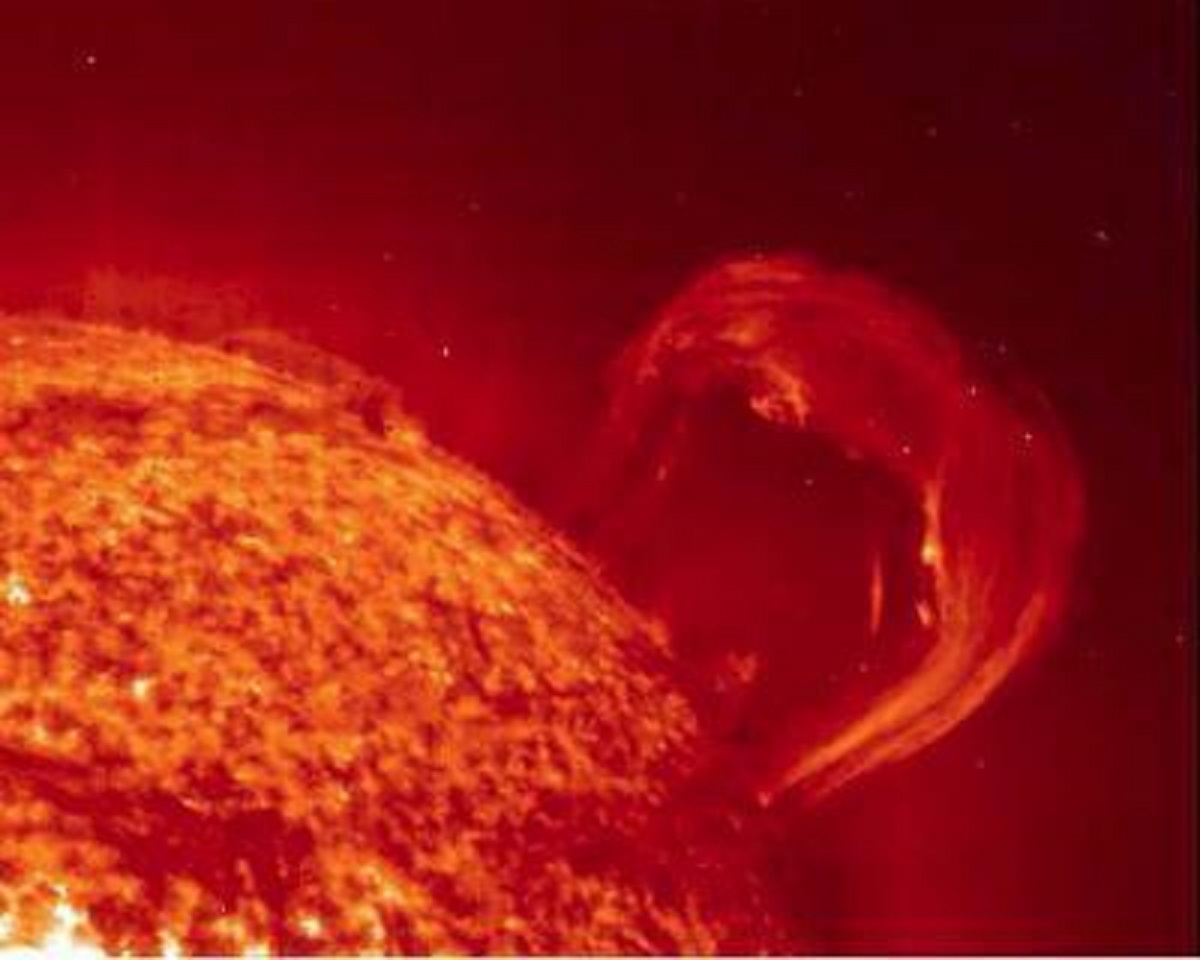A new study turns modern ‘deep learning’ techniques on Galileo’s early sketches of the Sun.
It’s a fascinating thought to consider.
What exactly did the Sun look like, centuries ago? What would we see, if astronomers back in the time of Kepler and Galileo had modern technology monitoring the Sun across the electromagnetic spectrum, available to them?
Thanks to modern artificial intelligence, there may be a way to actually ‘see’ just what state the Sun was in, way back in those days of yore. A recent study, titled “Generation of Modern Satellite Data from Galileo Sunspot Drawings in 1612 by Deep Learning” out February 2021 in the Astrophysical Journal of the American Astronomical Society used an innovative set of deductions to compare sketches of sunspots with modern views from ground and space-based observations. The study was led by Harim Lee from Kyung Hee University in the Republic of South Korea.
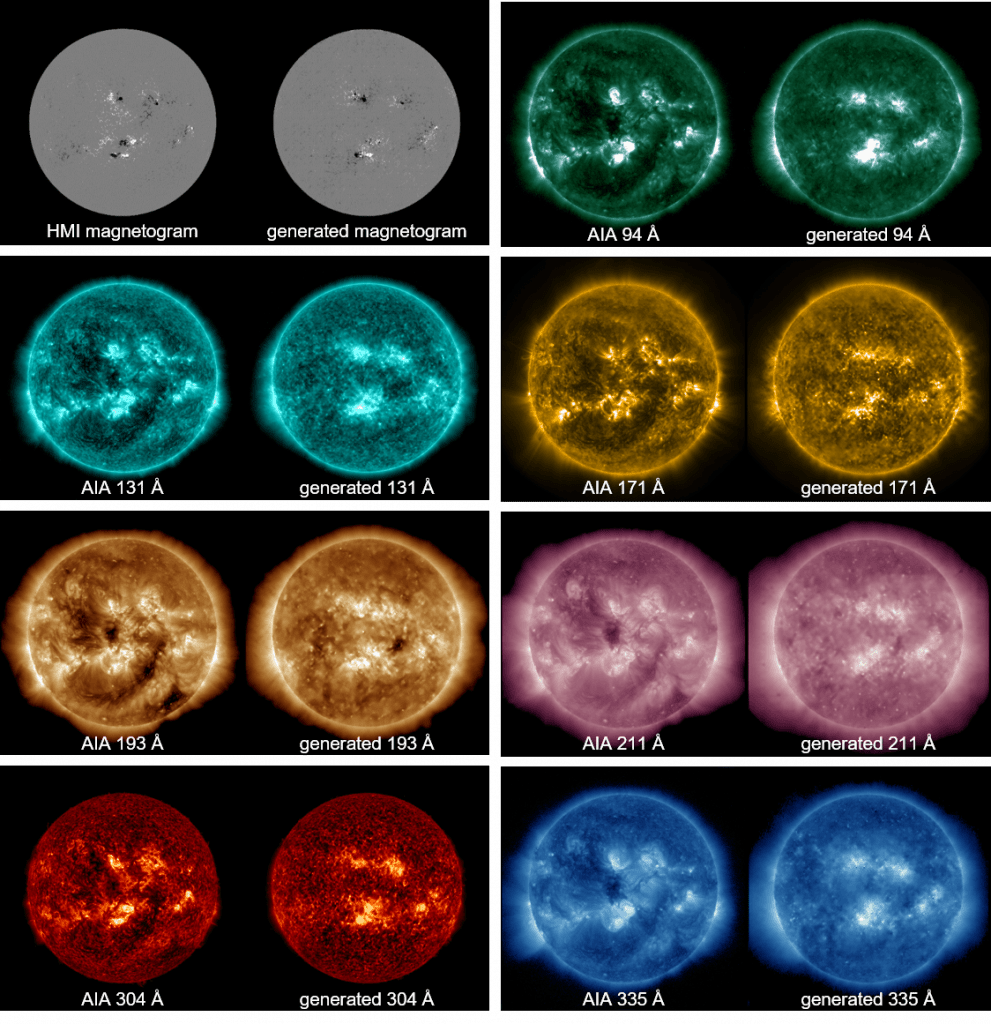
Galileo and the Sun
Sunspot records represent one of the longest sets of astronomical data available, going all the way back to Chinese observations in 1128 A.D. Before the era of the telescope, large, naked eye sunspots would occasionally be seen and recorded, as the muted Sun shone through a low fog bank or cloud haze near sunrise or sunset.
Galileo kept a meticulous record of sunspot activity, sketching what he saw for several months starting in the summer of 1612. Despite legend, the story that Galileo went blind observing the Sun is apocryphal—instead, he used the projection method, casting the image of the Sun through a primitive helioscope into a darkened room.
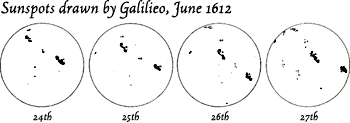
Of course, Galileo had no idea exactly what sunspots were. Today, we know that these regions of magnetic flux in the solar photosphere are cooler than the surrounding areas, appearing black against the dazzling face of the Sun. What’s more, the polarity of sunspot groups and pairs not only denote their association with a particular 11-year solar cycle, but their appearance in latitude on the face of the Sun progresses through a cycle, starting from high latitudes early on and then moving towards the solar equator, in what’s known as Spörer’s Law. The Sun also flips polarity every 11-year cycle, and two cycles (22 years) equals one Hale Cycle.
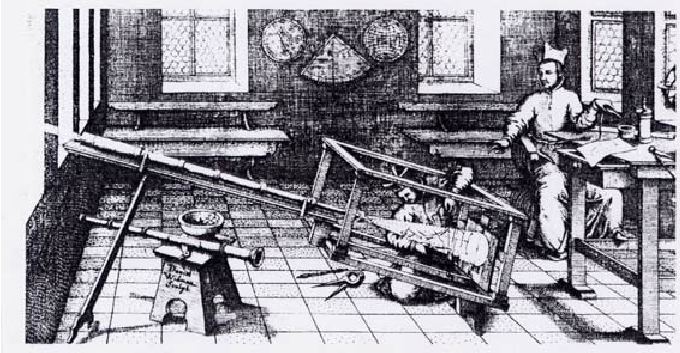
Today, missions such as NASA’s Solar Dynamics Observatory and the joint NASA/European Space Agency (ESA’s) Solar Heliospheric Observatory (SOHO) monitor the Sun across the spectrum, around the clock. This gives us a much more robust and holistic picture of what’s going on with the Sun. Thanks to these missions, we now know that sunspot activity is intimately connected with other phenomena, to include faculae seen in the photosphere to spicules, prominences and coronal mass ejections seen in the upper solar chromosphere…
But what might these unseen events have actually looked like, in Galileo’s day?
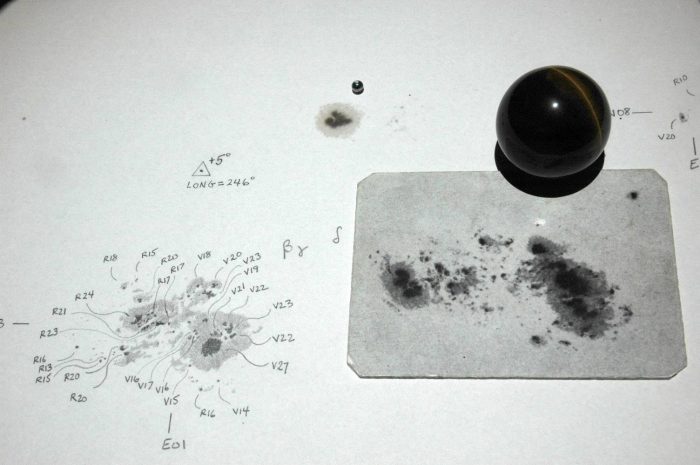
Researchers in the study realized that we actually have a modern analog to bridge the gap between old and new methods chronicling solar activity. Since 1917, skilled observers at the Mount Wilson observatory in southern California have sketched the face of the Sun, every clear day. This is done using the 150-foot Solar Tower on the observatory complex grounds and—just like in Galileo’s day— sketching is done using a projection of the Sun into a darkened room. You can peruse this fascinating modern record online.
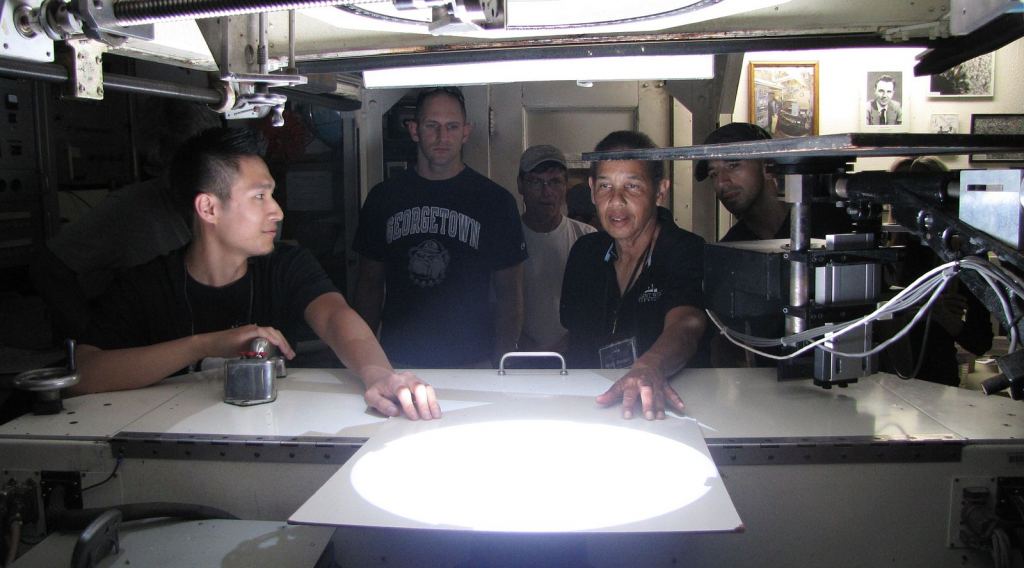
Training AI to Observe the Sun
Researchers realized that these sketches are now carried out concurrent with modern observations across the spectrum, giving artificial intelligence programs something to ‘fact check’ against. Using drawings made of the Sun from 2011 to 2015 versus SDO data, researchers were then able to ‘teach’ the program to replicate broad-spectrum diagrams with high fidelity. Ultimately, the deep learning model used a comparison set of 1,046 pairs of sunspot sketches versus SDO images.
“The most difficult part was refining the sunspot sketch data,” Lee told Universe Today. “We wanted only sunspot information to be entered into the AI model (for) training and testing. However, the original Mt. Wilson sunspot drawing contains not only the sunspot, but also a lot of information such as the time and date of the observation, and the location of the sunspot. We manually erased all the letters from the original image and left only the sunspots.”
Next the team turned this on the sketches made by Galileo, with intriguing results:
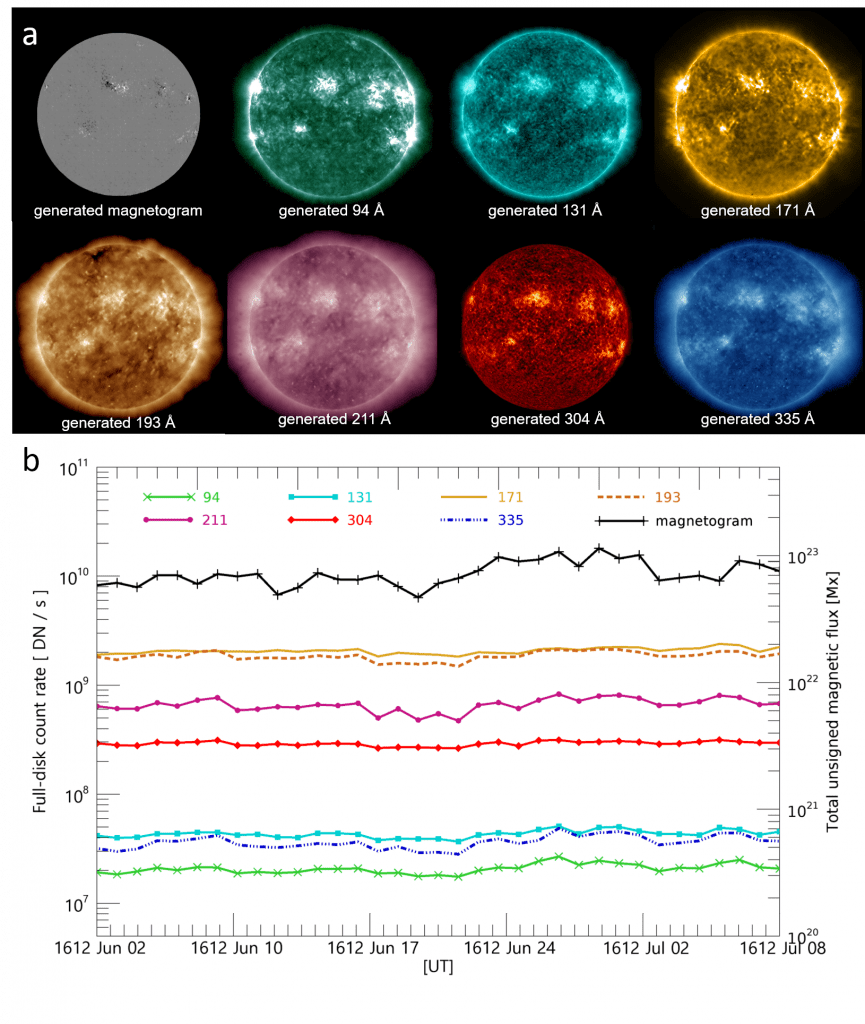
“Historical sunspot drawing are very important resources for understanding past solar activity,” says Lee in the recent paper on the subject. “Our results show that bipolar structures of the the AI-generated magnetograms are consistent with those of the original ones and their unsigned magnetic fluxes are consistent with those of the original ones.”
This could also be used in a historical context to glean new insight for other events, such as the Great Carrington Super-flare of 1859. This infamous massive flare sent aurorae visible as far south as the Caribbean, and actually induced enough current to set telegraph offices aflame.
Update: in fact, the team in the study has actually turned the technique loose on this very specific event.
This technique comes at a fascinating juncture for the Sun and modern solar activity, as solar cycle 25 is just getting underway in earnest in 2021. Will it dazzle, or—like 24 before it—fizzle? Looking ahead to the future, this method for extrapolating what the Sun would appear like from simple sunspot sketches could also be applied, should we discontinue any of the current space-based assets.
It’s fascinating to see modern high-tech astronomy assisted by the low-tech, hand-eye method of simply sketching and recording what the observer sees, projected from the eyepiece.
Lead image credit: A large cornal mass ejection leaps off the Sun in 1999. Credit: NASA/ESA

